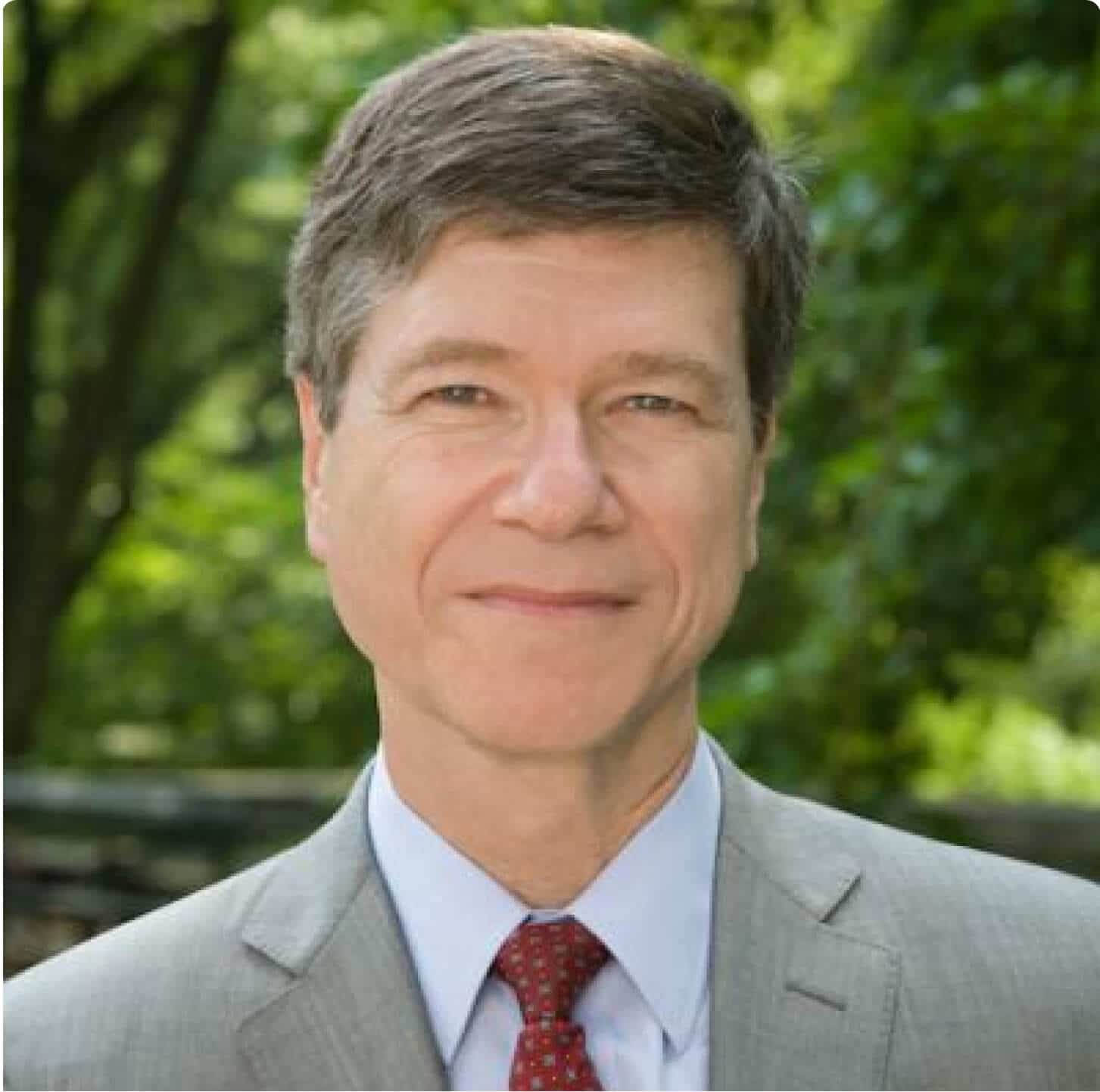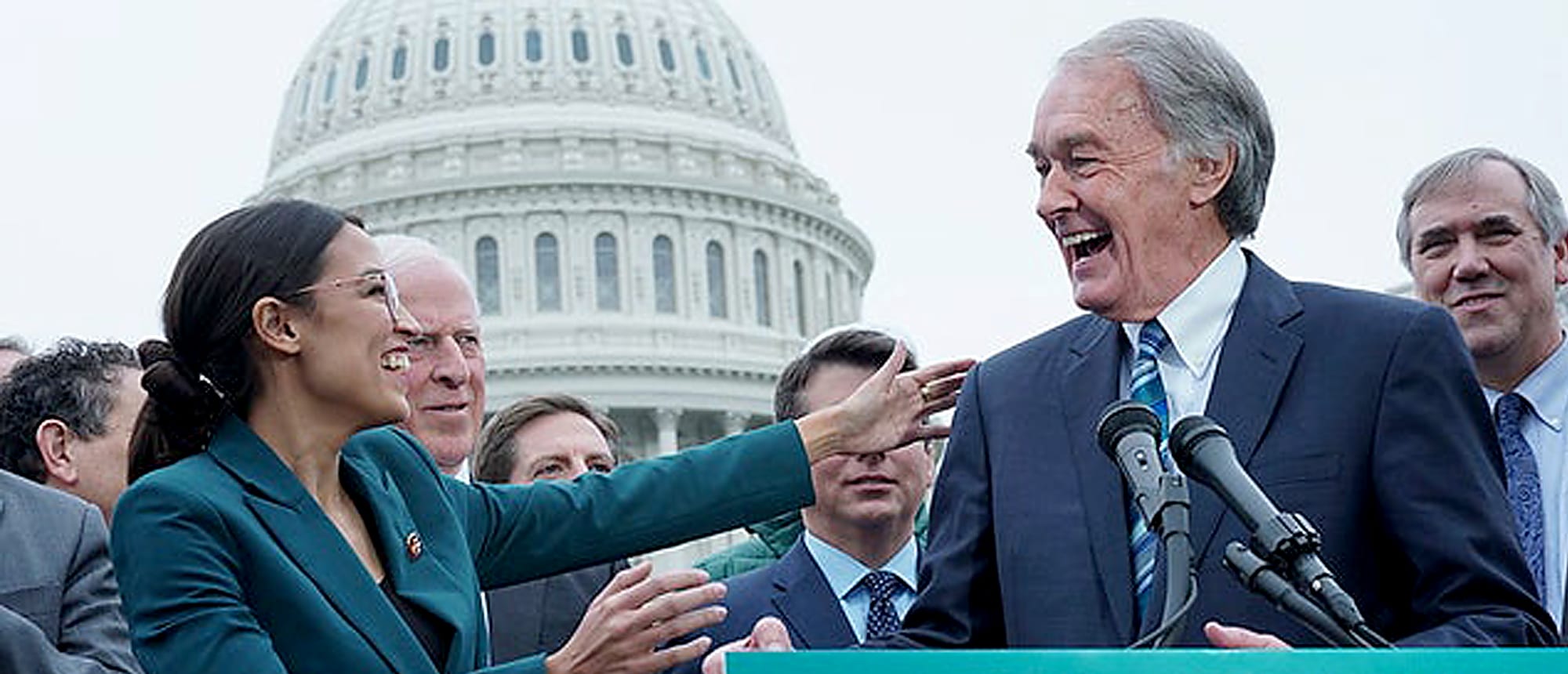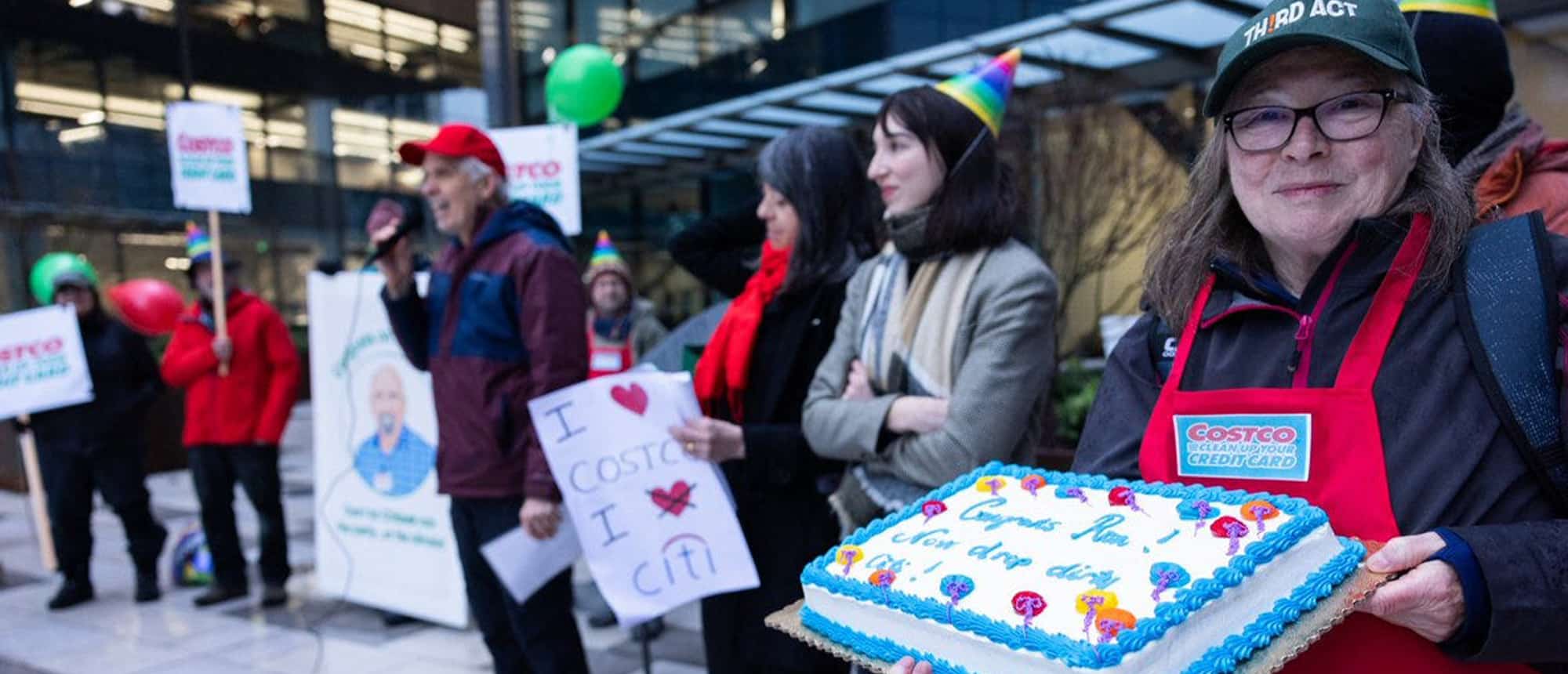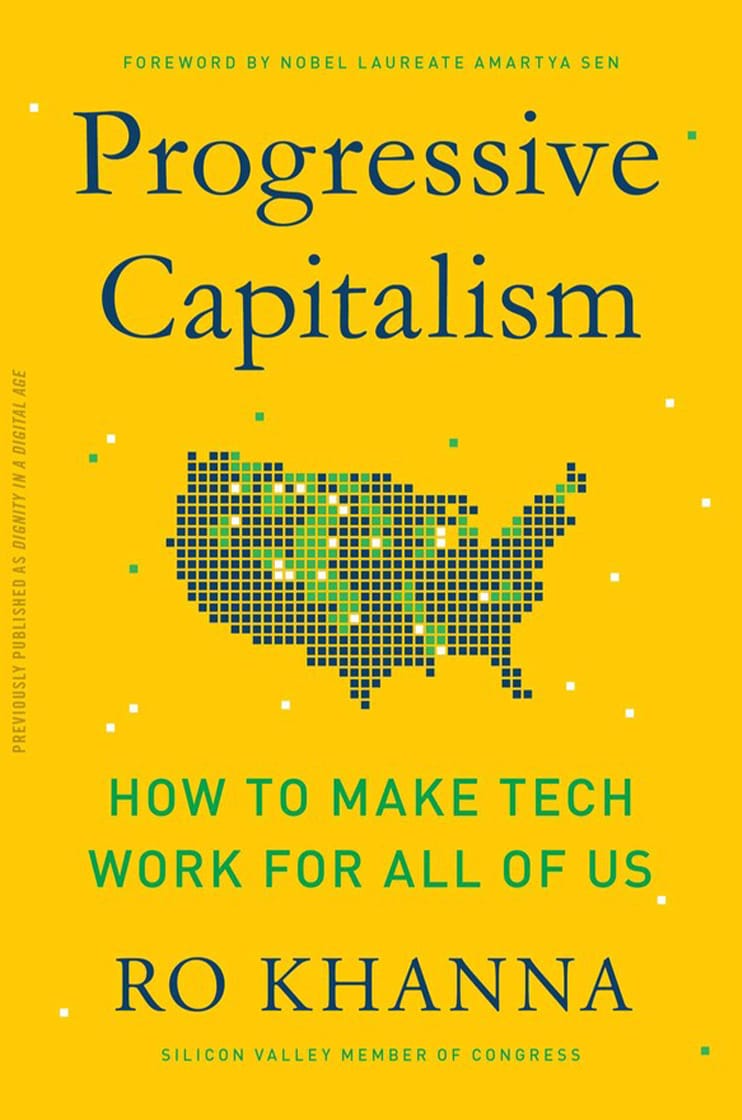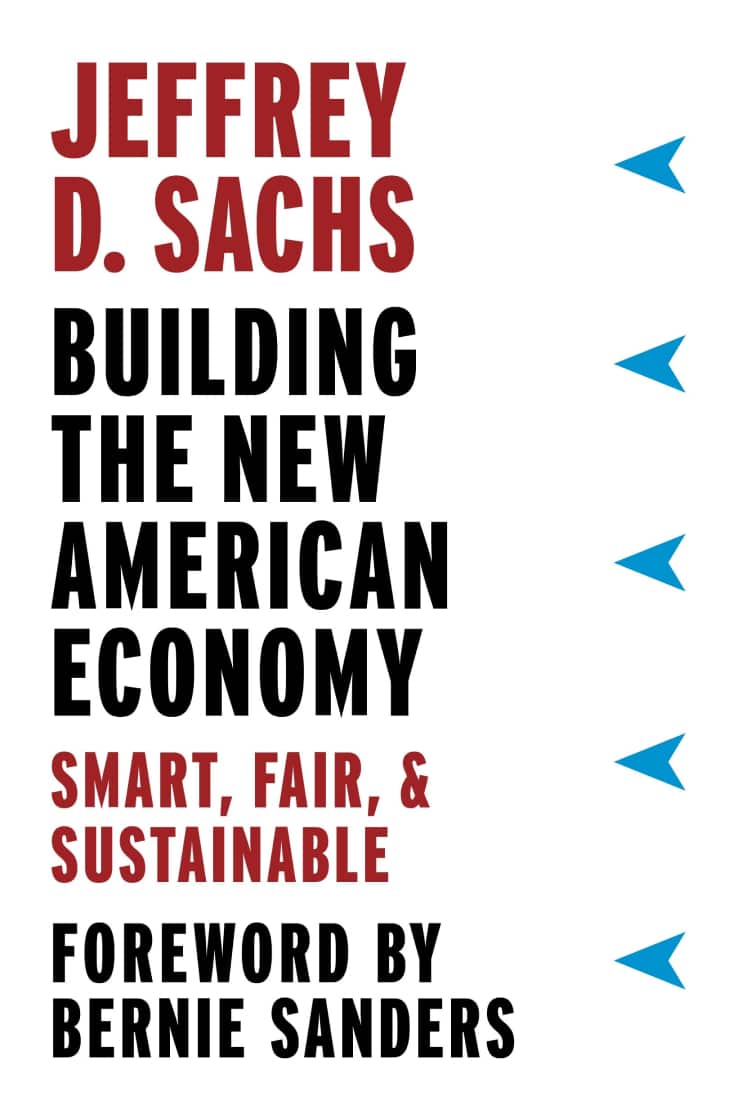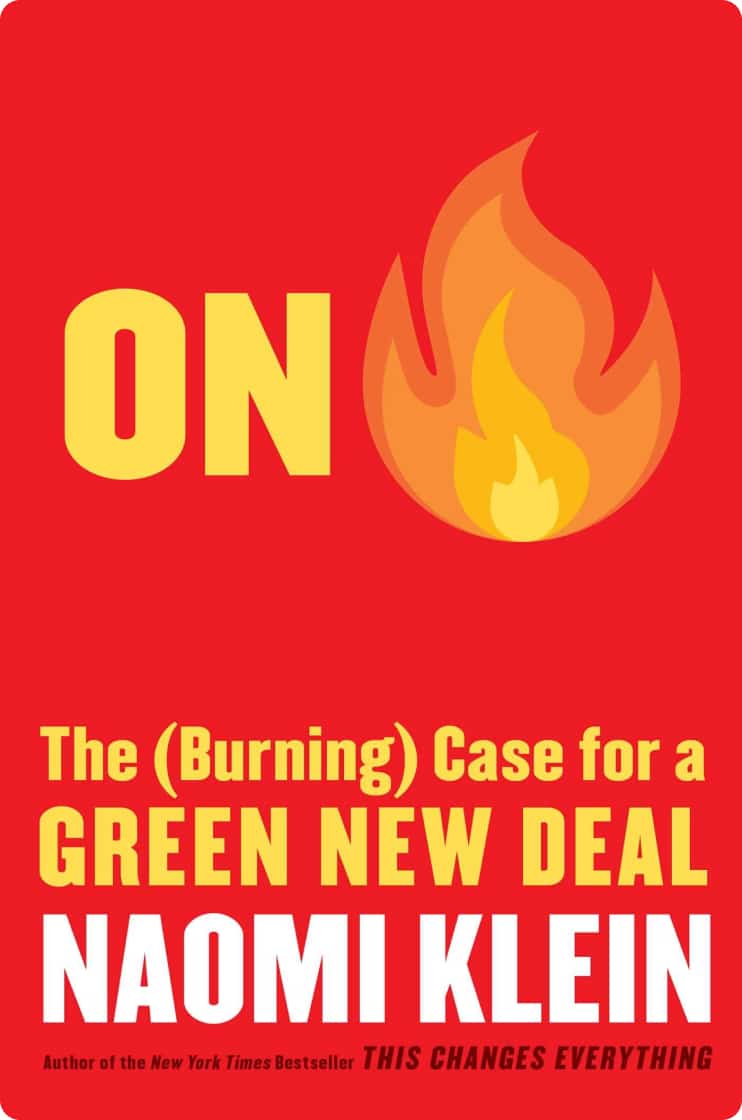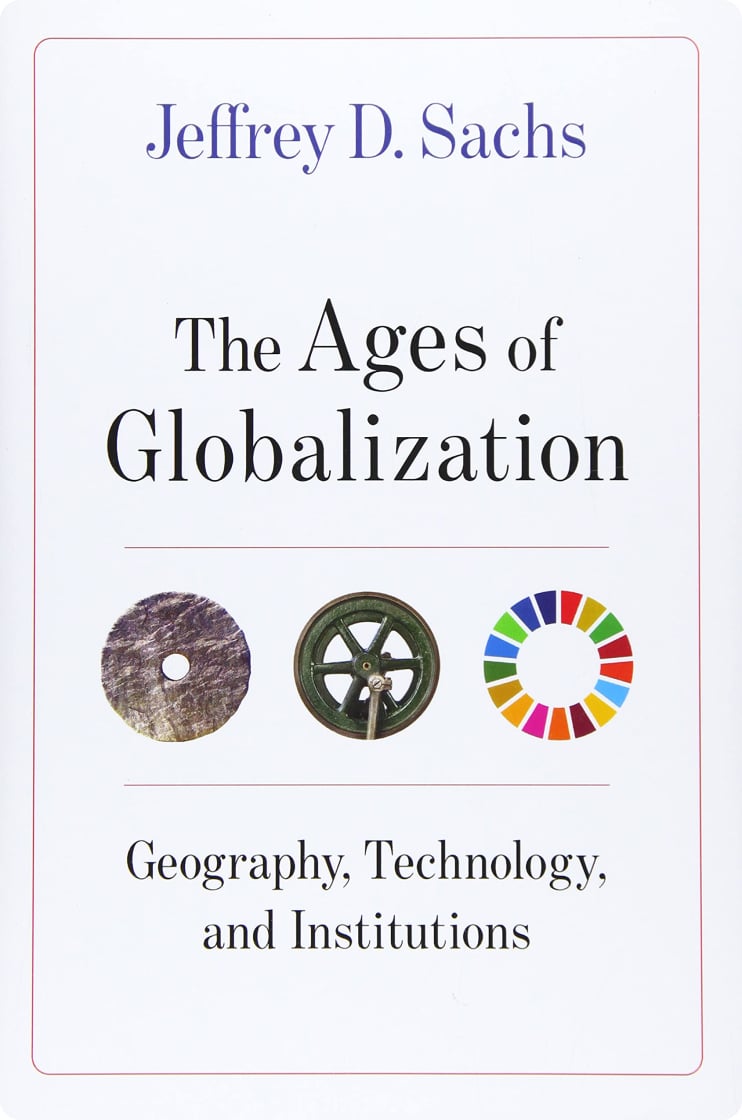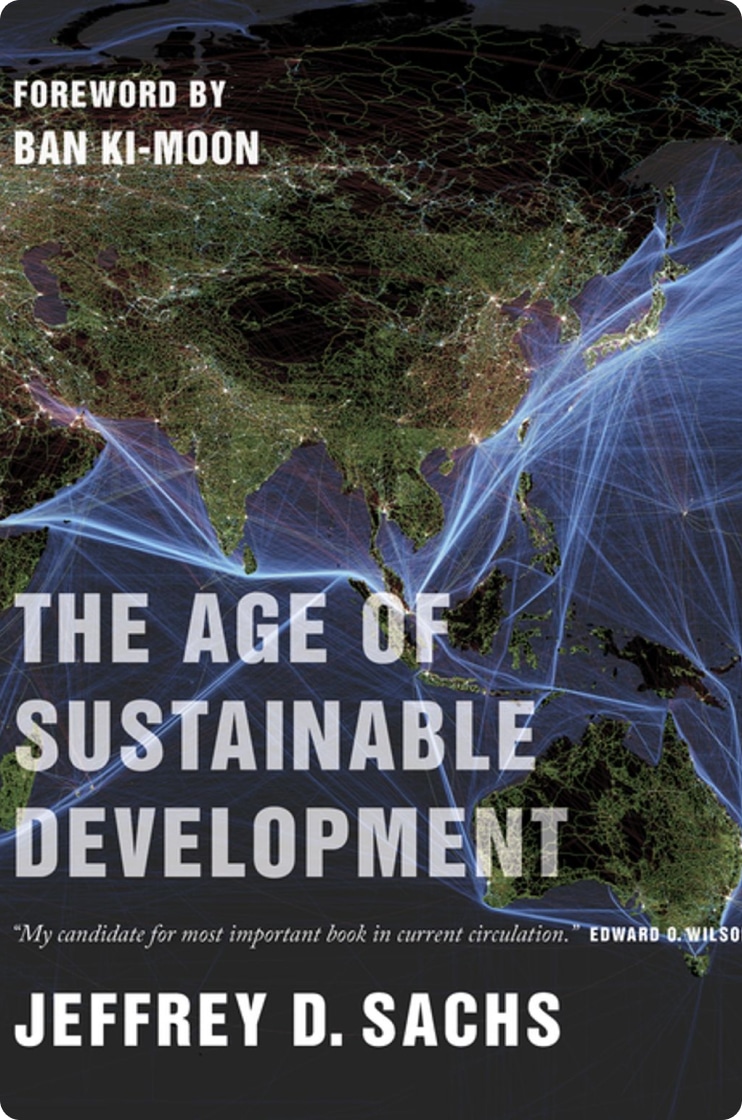The Green New Deal Isn’t Outlandish – It Is A Necessity
A recent Washington Post editorial and a letter by leading economists suggest that a carbon tax is the “best first-line policy.” The editorial argues that “a high-enough carbon price would shape millions of choices, small and large, about what to buy, how to invest and how to live that would result in substantial emissions cuts.” It sounds plausible, yet it’s not the right way to approach the problem.
Let me start with a close analogy. In the 1980s, scientists realized that chlorofluorocarbons (CFCs) were destroying the stratospheric ozone layer, at great peril to humanity. CFCs needed to be replaced by safer chemicals.
To do so, the world’s government’s adopted the Montreal Protocol, which set a timeline to replace CFCs mainly by other fluorine gases without the ozone-destroying properties. That treaty has worked. CFCs are no longer used. The ozone layer is gradually being restored.
At no time was a tax on CFCs the core policy response. Governments used regulations. On a phased timeline, the Environmental Protection Agency worked with industry to drive the use of CFCs to zero.
Nobody argued for a CFC tax as the first line of policy on the grounds that millions of households were making billions of individual choices about refrigerators, air conditioners and deodorant cans. Actually, though I own all of those things, I never paid much attention to the CFCs or their replacements. The EPA and industry did that for me, thank you.
Now comes the carbon crisis, even more dire than the CFC crisis. We are in the process of utterly wrecking the planet by burning fossil fuels and thereby raising Earth’s temperature. We are now experiencing higher temperatures than in any decade of the past 10,000 years, and the temperature continues to rise.
As a result, humanity faces the risk of a catastrophic multimeter sea level rise at the current or slightly warmer temperature.
Enter the Green New Deal. It endorses the science as explained recently by the Inter-Governmental Panel on Climate Change (IPCC). We need to phase out carbon emissions just as we needed to phase out CFCs.
We’re not talking about a bit less emissions; we’re talking about a phaseout of emissions by 2050 in order to have a fighting chance to hold Earth’s temperature rise to 1.5-degrees Celsius above the pre-industrial level, a rise that should not in any way be construed as “safe,” just potentially not catastrophic.
How do we get to zero by 2050, not only in the U.S. but also in Europe, China, India and the rest of the world? We need to move rapidly to zero emissions while keeping the energy system functioning robustly and reliably during the transition. It’s a massive transplant operation requiring the greatest skills of our top engineers and power-grid operators.
The basic roadmap is clear. Electricity should become emission-free, through a combination of renewables (wind, solar, hydro), nuclear and perhaps some carbon-capture and storage.
Light-duty vehicles should become electric, and heavy-duty trucks, ships and planes should run on some combination of zero-carbon fuels manufactured using clean energy. The electricity can manufacture hydrogen, which can be used directly (for example, in fuel cells or direct combustion) or combined with carbon to manufacture synthetic liquids and gases.
Yet to do this requires detailed planning, public infrastructure and systems-level design. It is actually not the decision of millions of individual consumers. They will buy electricity and drive cars. The technologies they will use will be zero-emitting, thanks to the genius of the engineers.
The power grid is a highly complex engineered system, made even more complex by distributed renewable generation, the emerging internet-of-things, self-driving battery-electric vehicles and the need for long-distance, high-voltage, direct-current transmission lines for inter-state trading of renewable energy.
Just as we have a unified national air traffic control system rather than thousands of planes deciding when and where to fly, we need grid managers in each state and coordination across states to manage the transition.
The California system is the case in point, as the nation’s leading edge, large-scale effort to reach zero before mid-century. California is doing this through state laws that mandate a timetable for the system to reach zero emissions. Last September, then-Governor Jerry Brown signed SB 100 calling for zero-emission power by 2045.
California’s technical pathway is a “Renewable Portfolio Standard” (RPS) administered by the California Public Utilities Commission (CPUC) and the California Energy Commission (CEC), which mandates a rising share of zero-carbon electricity up to 100 percent by 2045.
The annual RPS report is a testimony to excellence of public policy. The public authorities are guiding a highly intricate transition successfully, inexpensively and ahead of schedule. Yet the complexity is on full display: The power system needs to work reliably, second to second, in practice, not in theory.
The main tools of the RPS are mandates, called Renewable Energy Credits, that each utility must acquire by generating a requisite amount of zero-carbon electricity or by buying clean energy from an out-of-state facility within the Western Electricity Coordinating Council (WECC) region, which includes 14 states plus two Canadian provinces and the northern part of Baja California, Mexico.
To ensure that the overall mix of energy sources meets the zero-emission mandates while integrating properly within California’s grid, the CPUC works closely with each utility on detailed planning, modeling, forecasting and terms of contracting and permits for its future zero-carbon supplies.
This complex yet highly effective strategy for power generation is complemented by several state-level initiatives on zero-emission building codes, building retrofits and crucially, zero-emission vehicles (ZEVs).
The new ZEV targets call for 5 million zero-emission vehicles by 2030, especially plug-in electric vehicles. This goal is pursued through a range of measures including new infrastructure for charging stations, rebates for ZEVs and other regulations and incentives.
New York State is now aiming for a pace of deep decarbonization on par with or even faster than California. Governor Andrew Cuomo has recently called for New York to decarbonize the power grid by 2040, mobilizing a range of technologies, including offshore and onshore wind, solar photovoltaics, zero-emission vehicles, building retrofits, energy storage, and others. The state’s core policy framework is an RPS similar to that of California.
More generally, 29 states have RPS programs, though most not yet with the ambition of California and New York. Yet the point is clear: The institutional structure to guide the nation’s utilities to zero-carbon systems before 2050 is rapidly coming into place.
The RPS approach allows for detailed systems planning and investments needed to maintain a high-performance power sector along the path to rapid decarbonization. In the end, customers will finance most of the transition through their utility bills.
Fortunately, with renewable energy prices plummeting and technologies rapidly improving, the incremental costs of the transition will be very low, or basically at parity with the fossil-fuel alternatives.
The first-line Green New Deal policy, therefore, should be to set a national date, 2050 at the latest and most likely far sooner, to reach zero-emission electricity generation, and an even earlier date, perhaps 2030, by which all new national auto sales will be ZEVs.
As with every great engineering challenge our nation has faced — the Erie Canal, the 20th-century power grid, the Interstate Highway System, the civil aviation system and the moonshot — we need bold timelines, clear milestones, breakthrough engineering and public-sector leadership.
No doubt, when properly regulated and guided by engineering plans, the private sector will do its part with excellence and timeliness. In that regard, a carbon tax may play a modest supporting role. Yet it need not and should not be the first-line policy for the Green New Deal.
